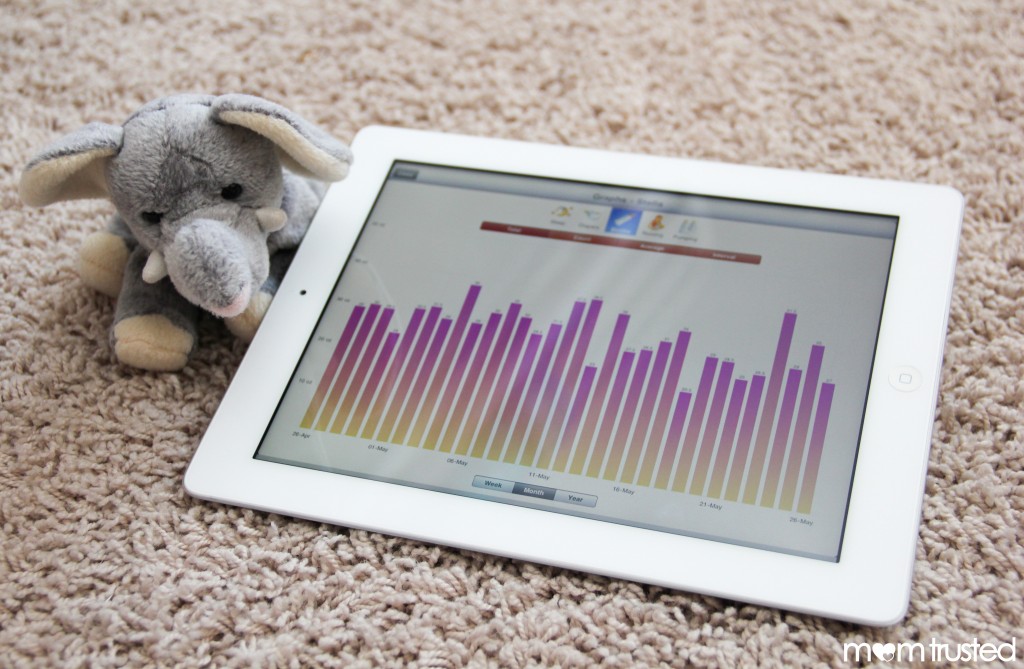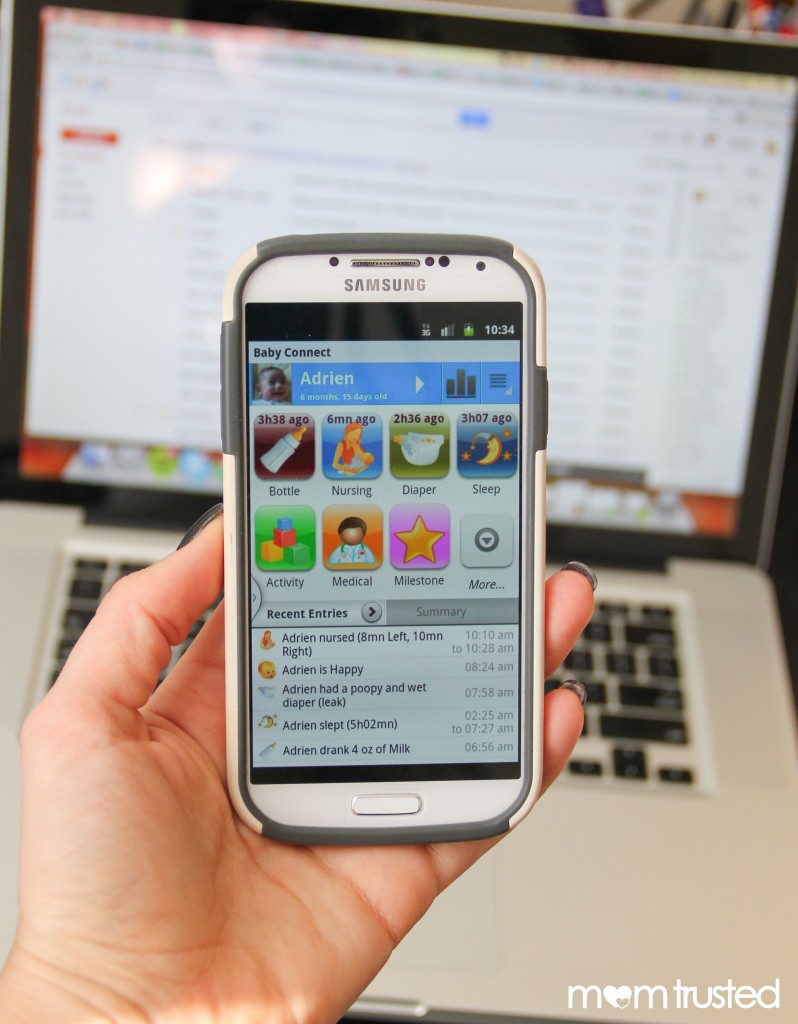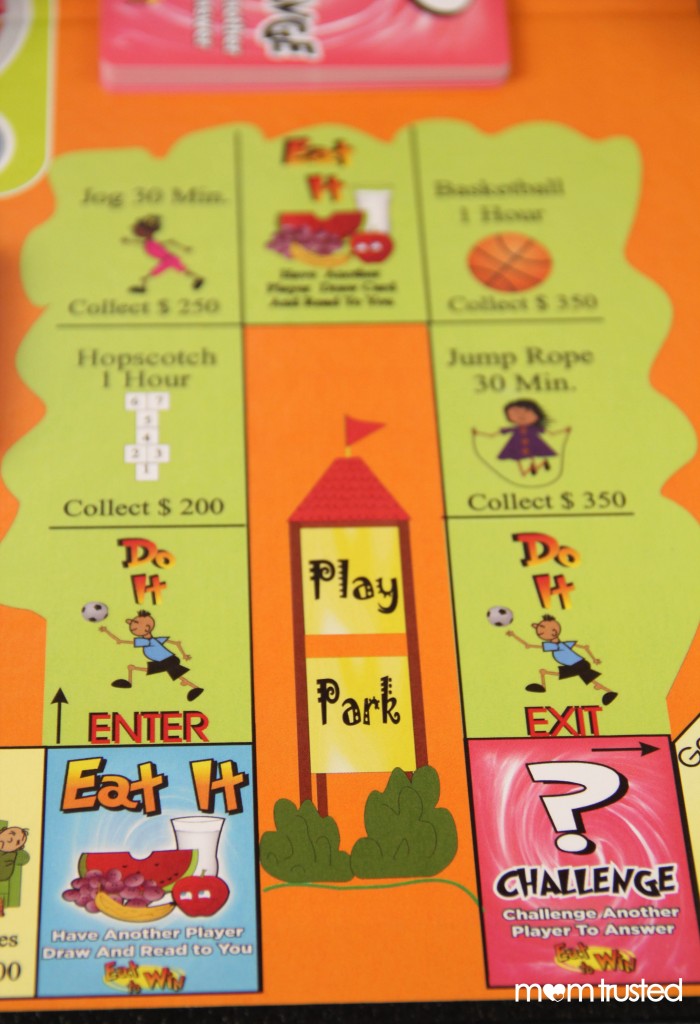How Early Can You Start Teaching Art Appreciation to Your Children?
Teaching our children about famous artists and their paintings is a great way to enhance their cultural education. However, it can be difficult to know when or where to start introducing them to some of the great artists such as Pablo Picasso and Vincent Van Gogh. Some parents may feel that a young toddler is not the right age to take to an art gallery or museum, but in truth even very young children can start to appreciate art when approached in a fun way which allows them to express their own creativity.
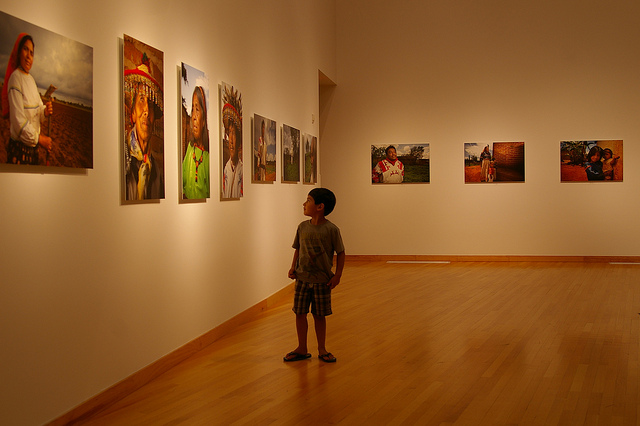
Preparing to Introduce Your Children to Art
One of the big concerns that many parents have when it comes to teaching their children about art appreciation is that they themselves are not knowledgeable enough. However, this need not be a problem. In fact you may even find that learning about the art together makes the experience more pleasurable for you both since it adds an additional opportunity for bonding with your child. You do need to start of by going to a big gallery. Even looking at pictures of famous painting in a book, or stopping to look at statues in the local park can be great ways to start cultivating your child’s interests in art.
One approach which I have found useful with my own children is to try and tweak their interest in art by asking them questions about the paintings we are looking at. You can ask very simple questions in the beginning such as whether or not the colors are pretty before moving on to asking what they think the painting is and how it makes them feel when they look at it. It is important to tell them that there are no ‘right’ answers when it comes to art – they should feel comfortable expressing their own opinions. As they get older you can then begin to introduce information about the painters and what critics believe they represent and ask them for their own interpretations.
Some of the best painting to begin with are those with vibrant colors and interesting patterns such as Vincent Van Gogh’s ‘The Starry Night’ or some of Pablo Picasso’s more colorful abstract works. I actually found a couple of great books which offered a chance for the children to color in Van Gogh images themselves after seeing the originals.
Reinforcing The Lesson
It is no secret that when it comes to early education, play based learning is a great way to get youngsters to engage with whatever you are trying to teach them. With that in mind I decided to reinforce what my kids had learned about Van Gogh and Picasso by following it up with some creative play. After we had spent some time looking at images by both artists and pointing out our favorite patterns and colors I tasked the kids with creating their own piece of art in that same style. My older child loved replicating the swirling skies of Van Gogh’s ‘The Starry Night’ with paint while the younger one enjoyed using the Van Gogh coloring book and making odd looking Picasso style faces using images cut from an old magazine! I always like to keep a supply of non-toxic kid friendly art supplies on hand for projects like this.
I have really enjoyed teaching my children about some of the great artists while giving myself a refresher on them at the same time. We now spend many a rainy afternoon in the art gallery looking at different styles of art and both children have developed a keen sense of what they like and what they don’t. We often try to create our own art afterward inspired by what we have looked at that day and I am glad that I decided to introduce them to art at a young age.
If I could offer one piece of advice to parents it would be that you introduce your kids to art appreciation at a young age and encourage them to talk about the paintings or sculptures with you. You might be surprised at how profound a child’s interpretation of art can actually be!
Article courtesy of blogger: Alison Lansky
Photo credit
Bridging the Communication Gap Between Parents and Care Providers
Finally! Child care providers can connect more easily with parents, keeping them up-to-date on their children’s day-to-day care with an innovative application called Daily Connect. The mobile and web application gives parents and care providers the ability to easily record everything from naps, feeding and diapers to mood, activities or sickness. You can even take pictures and record the type of games each child is playing. Parents automatically receive real-time updates via the application and a daily email summary at the end of the day.
Arts Based Early Education
As a substitute teacher, I sure have encountered a lot of different education programs. I’ve been at big and small schools, public and private, and have taught early education through high school. While a one-off day at a school is usually quickly forgotten, getting to see (and briefly be a part of) a really impressive program is a treat!
Recently, I spent the day teaching for the Kaleidoscope Program at Settlement Music School in Philadelphia. My background (and my heart) is in Art Education, so I jump at any chance to work in an arts based early education environment – especially an award winning community based school in my own hood!
Throughout my day, I was excited to see young kids (pre-K) who were really getting a well rounded arts education! The kids in my art classes had obviously been exposed to the “elements of design”, and were comfortable with some fairly advanced color theory. The day I spent with them, we were working with hot and cool colors. The students definitely had both the knowledge and vocabulary to talk about their own and others’ art work.
I was also able to observe the Kaleidoscope Plus program, Settlement’s new after-school program. Much like the day program, Kaleidoscope Plus has a major focus on the arts – visual arts, music, theater and dance. In my experience, there are some major benefits to presenting art, music, and movement in an integrated curriculum. Students gain skills in all areas – learning principles of art, developing fine motor skills, enhancing their listening skills and music making abilities, and moving their bodies in controlled and intentional ways.

Above, students are enthusiastically engage in a game of “Freeze Dance Party “ – accompanied by live music! Even some of the shyest kids were socializing in this dance game!
This cross-disciplinary approach allows broader topics and themes to be explored. Over the course of this school year, Kaleidoscope Plus kids will be learning and creating around three major themes – myself, my community, my world. While I was visiting, students we’re focusing on “myself”. In the choice-based art classroom, this meant learning about our bodies and making a larger-than-life skeleton. (I do love a good 3-d project!)
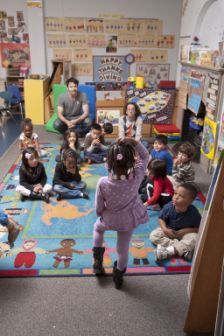
On the more “dramatic” side of things, kids learned about storytelling, which culminated in mini-performances to rapt audiences of their peers. It’s obvious that these guys are confident in front of a group!
Here, kids participate in favorite game “mirror” – learning about the expressions they can make with their faces.
Overall, it was charming and fun to spend an afternoon with kids that were really learning – while not losing sight of the main focus: play. It was awesome to see kids really interacting, creating, and expressing themselves all afternoon. I found myself wishing I had been in a program like this when I was that little!
More information on Kaleidoscope Plus (including their mission statement, and enrollment pages) is available here. You can still enroll or start in January, after the holidays!
Play Based Learning
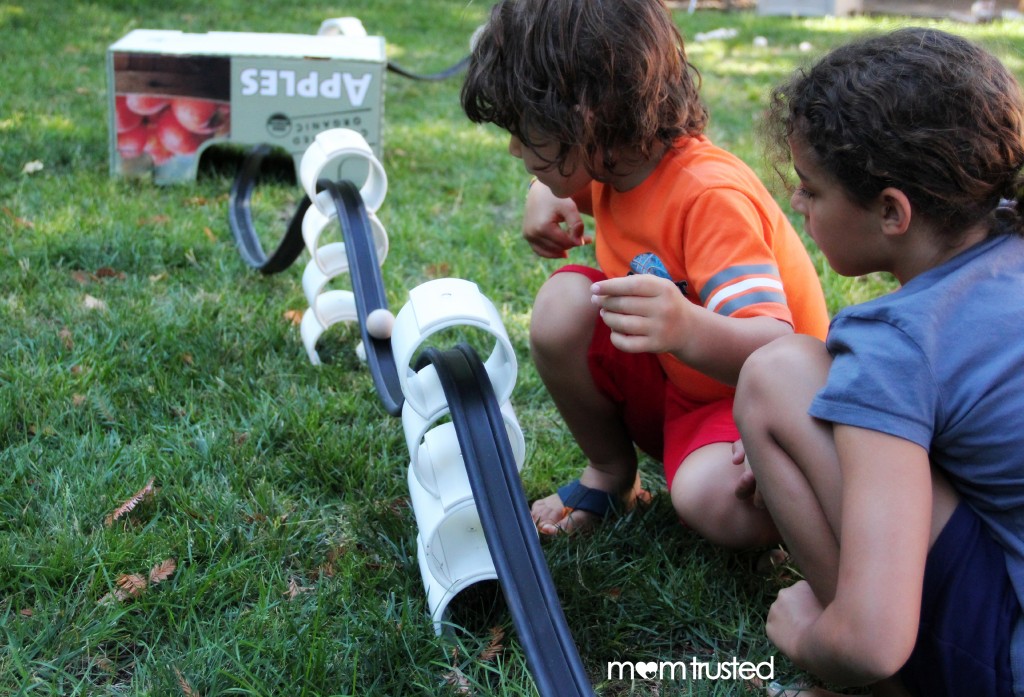
As teachers, care providers and parents, you know better than anyone that kids learn best through hands-on or play based learning. Our friends at Kodo Kids know that hands-on play is not only extremely educational, but also the most fun way to learn. That’s why they produce products that promote investigation and exploration.

As childhood expert Bev Bos would say, “If it’s not in the hand, it’s not in the head.” At Mom Trusted, we agree with Kodo Kids’ learning philosophy. Open-ended play is an important learning style for children of all ages. It helps create a deep understanding of the material introduced to them. This hands-on, play approach is especially important during early education, when children are just starting to discover and create their learning style, along with the world around them.

Products from Kodo Kids range anywhere from Digger Kits, designed to encourage outdoor play and learning by digging, burying and sifting through sand and soil, to Kodo Clay, an all-natural product meant for art and expression. There’s a magnetic filling kit that teaches kids about magnetism and iron particles. Kodo Kids even has Pump Works, a kit of water tubes that lets children test out their engineering and water pumping skills.
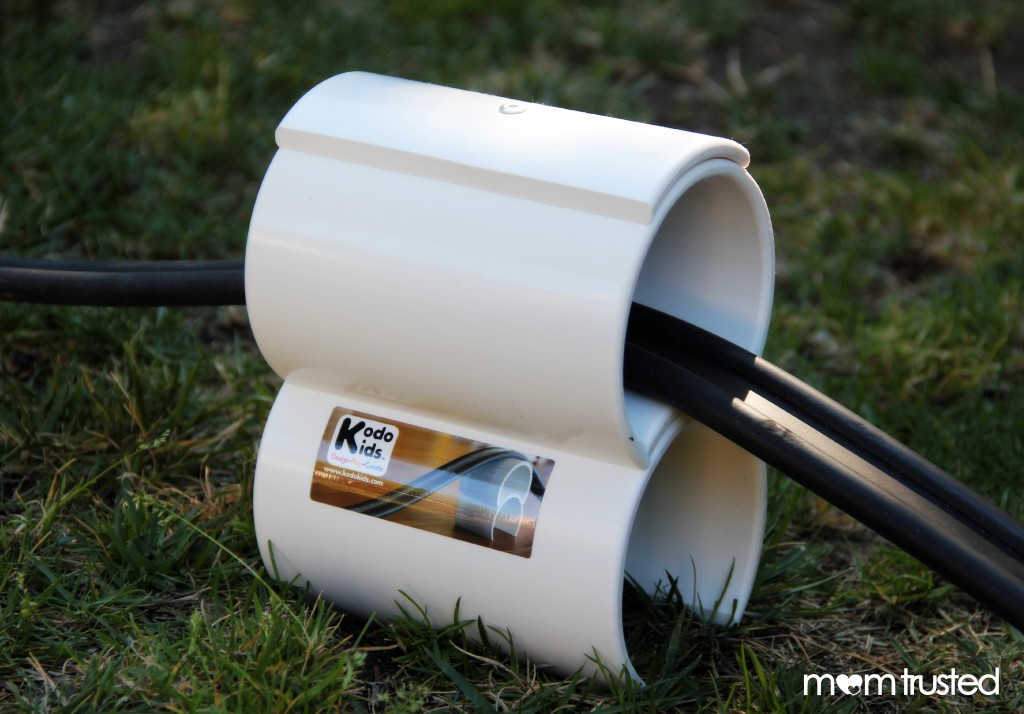
How do we know Kodo Kids’ products are great? They sent us some and we loved them! With a wide variety of tools, toys and gadgets, any teacher, child care provider, or parent is sure to find something right up their alley that suits their individual teaching or parenting style. Visit Kodo Kids’ products for yourself today to see just how great hands-on learning can be!
Approved for All Ages: Childproofing Around Your Home
Guest Post by: Angelo DiGangi of Home Depot
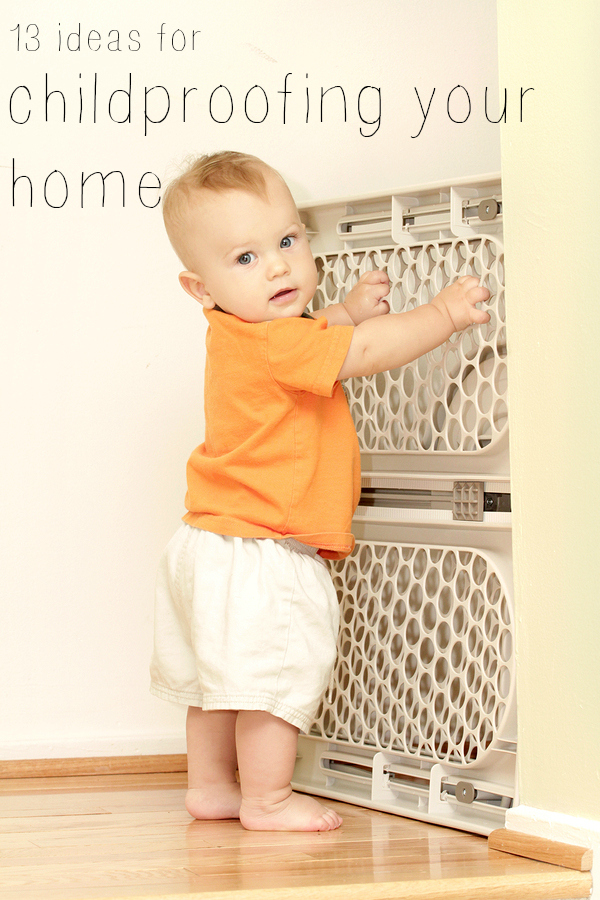
Have you ever heard a new mother joke that she would rather her baby not begin walking, because then she’ll have to chase him around? It’s true that carrying our children ensures that we know exactly where they are at all times, but even when a child begins to explore the world, there are ways to make that world safer.
Whether you are at home with small children of your own or you are looking for the best ways to childproof your childcare center or local business, there are ways you can organize and safeguard kitchen cabinets, drawers and other places where you might not want tiny hands.
Locks of Love
One of the most important ways to childproof your home is to keep kitchen and bathroom cabinets and drawers that contain harmful or dangerous items off limits.
First, get organized.
Don’t put things like poisonous cleaning products in the lower kitchen cabinets, if possible. Try storing plastic food containers, plastic dishes, dishtowels and other harmless items for areas within the reach of small hands.
Check out what’s available.
When it comes to latches and locks to keep your kitchen items safe, there are plenty of options. Hardware stores, specialty shops and super stores are all fine places to peruse options for safety latches. There are two main types of latches for cabinets and drawers.
- Magnetic locks – These often require a little more carpentry skill than some other choices. Once installed, only an adult with the proper “key” can unlock the cabinet.
- Hook Locks – These devices are simple to install. They consist of a bendable piece of plastic that hooks cabinet or drawers closed.
Elsewhere in the Kitchen
If you have harmful products stashed under a sink, those may be the first items you think about inside a kitchen – and with good reason! But there are other ways to keep your toddler safe in the most popular room of the house.
Use the back section of the stovetop.
If you’re boiling water or cooking, use the back burners. Keep the handles turned away from any side where your toddler might be able to reach.
Keep countertops clear.
Make sure appliances, knife sets and other kitchen gadgets are not at the edge of the counters, but pushed back and away from reach.
Elsewhere in the House
Latch your toilet seat.
More toddlers drown inside toilets than you could ever imagine. Keep your toilet seats closed and latched to prevent this.
Use an anti-scalding device for sinks and showers.
Don’t let your child turn on the hot water and burn himself. Install a device on the showerhead and faucet that prevents the water from becoming too hot. Most of these devices function by automatically reducing the water flow when it becomes a certain temperature.
You can also go a step further and install an anti-scalding device on your actual hot water heater. A professional plumber is usually the one to do this.
Cover outlets.
To avoid shock, cover all unused outlets with a safety cap.
Leave hairdryers and other bathroom appliances unplugged.
Even adults get burned sometimes – so remember to unplug any bathroom appliances and put them away after use.
Other Precautions for Safety
Use doorknob covers and baby gates.
If there are rooms in your house where you’d just rather not have children, try a simple doorknob cover or a baby gate to deter your toddler from entering.
Cover furniture edges with “bumpers.”
Children are prone to running around, falling and bumping their heads. You can prevent accidents involving the furniture by covering the corners with “bumpers” that soften the edges.
Avoid creating a “ladder” for windows.
Kids love to climb. That said, keep all furniture away from high windows, which can pose a falling hazard should your child climb onto the windowsill. Screens do not provide sufficient protection.
Keep cords out of reach.
Cords – whether from appliances or blinds – can strangle a child easily. Make sure your toddler cannot wrap him or herself in loose cords.
Keep bookcases and other structures sturdy.
Secure bookcases and any other furniture that could fall over onto a child by using brackets and anchors. Keep heavier items at the bottom to prevent a top-heavy structure.
Ensuring that your home is childproof is no easy task, but there are plenty of items to assist in your venture. And, other parents and visitors will feel at ease knowing that you’ve taken the time to create a safe environment for little people.
Angelo DiGangi is a Home Depot “on the floor” sales associate at a suburban Chicago store. His writing interests include providing kitchen design ideas for homeowners on the Home Depot website.
What First Aide Necessity is Missing From Your Freezer?
Kids get bumps and bruises faster than you can keep up with. Before you know it, one of your kid’s has slammed their finger in a door, jammed it on a basketball or gotten a nasty rope burn from tug-a-war. That’s why everyone should have at least one Cold Cast available in their freezer at all times.
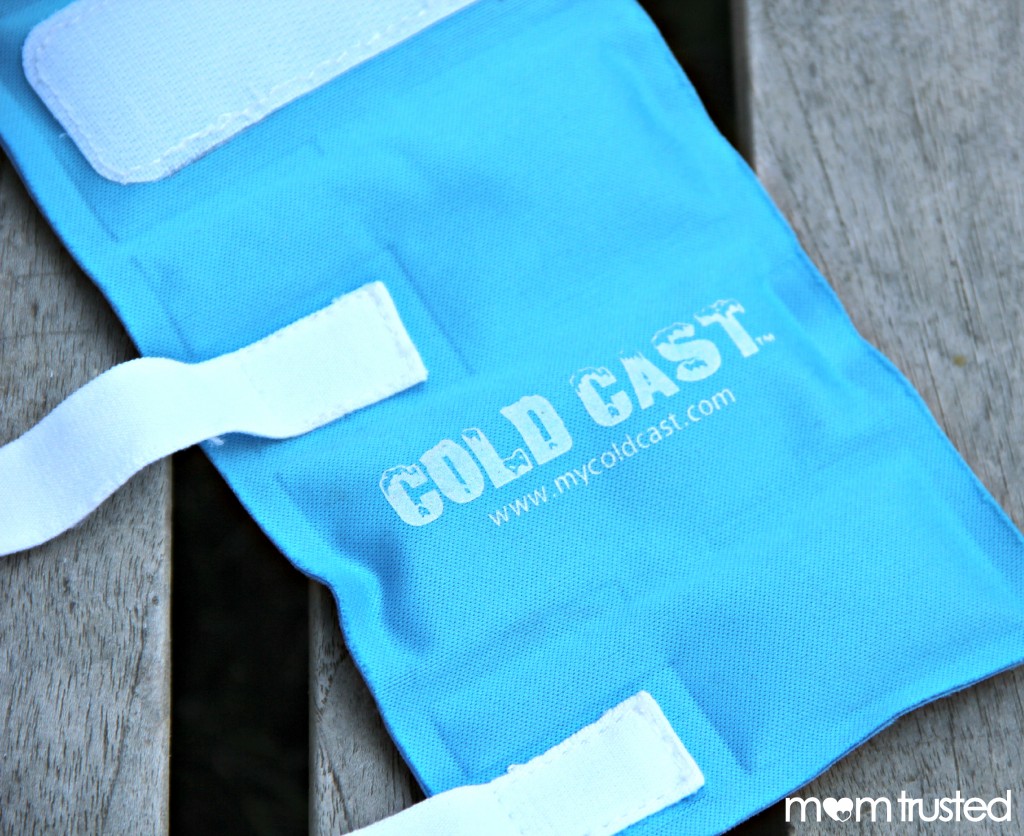
Cold Cast is an ice pack that fits snugly on the injured finger. Children don’t like to sit still long enough to hold an ice pack in place, but the Cold Cast has its own sling so your kids can go on playing while they’re icing. The cast helps treat finger injuries immediately, speeding up the healing process and helping eliminate any complications down the road.
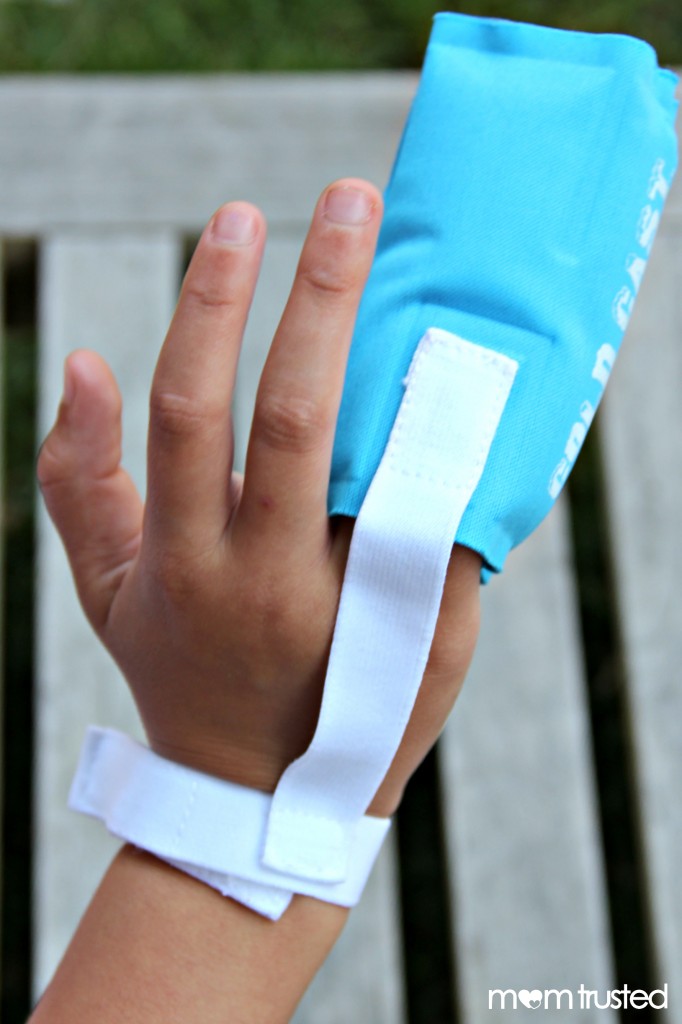
The Cold Cast is safe for kids of all ages. It’s soft and easy to strap into place. Plus, it’s latex-free so as to avoid any allergic reactions.
Injury care is essential to ensuring the fastest healing and avoiding any future problems. Cold Cast provides all five features of P.R.I.C.E., the five main principles of injury care. They include:
- – Protection: Cold Cast cradles tender fingers in a padded cushion.
- – Rest: Wearing the handy product works as a constant reminder to the injured child to let the finger heal.
- – Ice: Cold Cast’s design will allow it to stay cold for 20 minutes, which is the maximum time recommended to ice injuries. Even when frozen, it remains soft and pliable, making it easy for little ones to keep on playing.
- – Compression: The cast can be wrapped around a finger as tightly or as loosely as possible. Wrap it snugly to provide support and compression.
- – Elevation: Cold Cast’s wrist strap will ensure it stays in place even on the busiest kid, letting them carry on with their playtime while they heal!
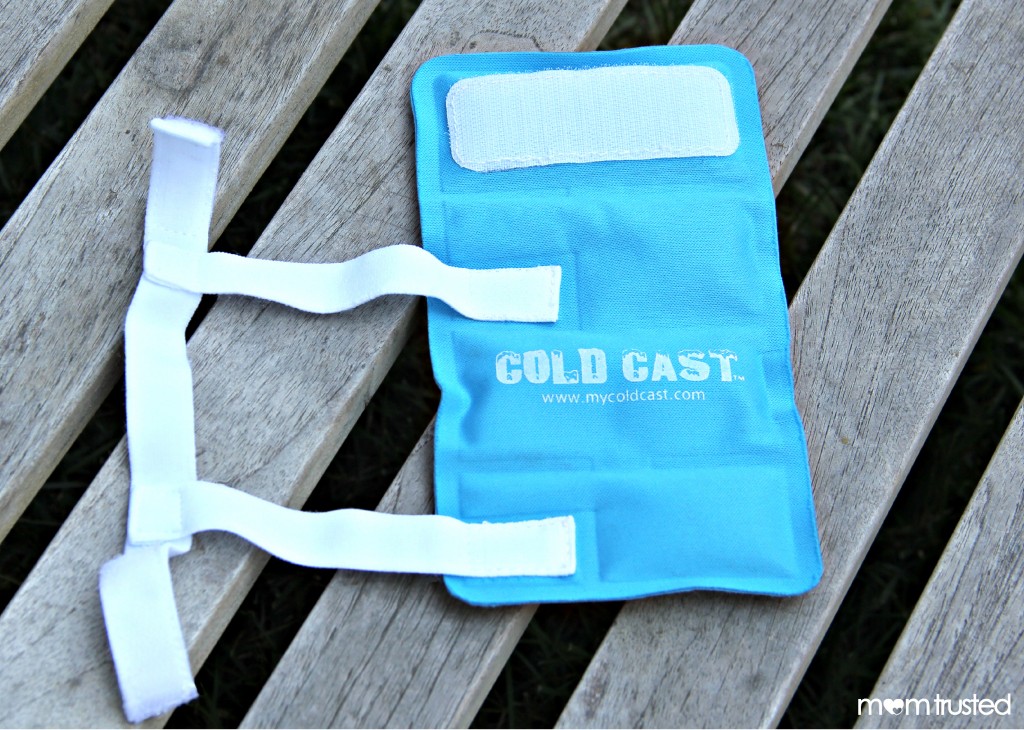
At Mom Trusted, we want to make sure that our care providers stay well prepared so we’re offering our users an exclusive discount:
Click here to ORDER NOW and save 25% off the retail price!
Just enter the discount code before you checkout.
Code: Mom Trusted
Buy one before you need one so that you always have at least one Cold Cast on hand! If you have a few you can get creative when injuries arise.
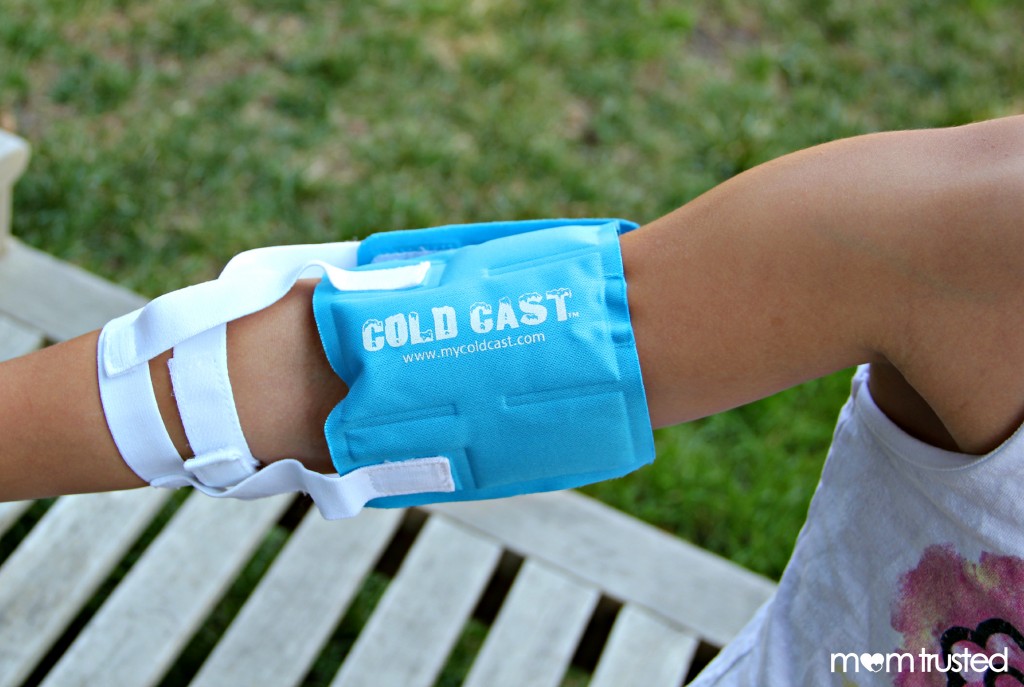
Help Kids PLAY Their Way to a Healthier Lifestyle
When kids think eating right, they cringe at brussel sprouts and broccoli, but the Eat to Win game makes learning about a healthy lifestyle fun. Not only does the engaging game help parents and childcare centers teach about the major food groups, but it also stresses the importance of staying active. This gives children the right tools to lead a healthy life for years to come.
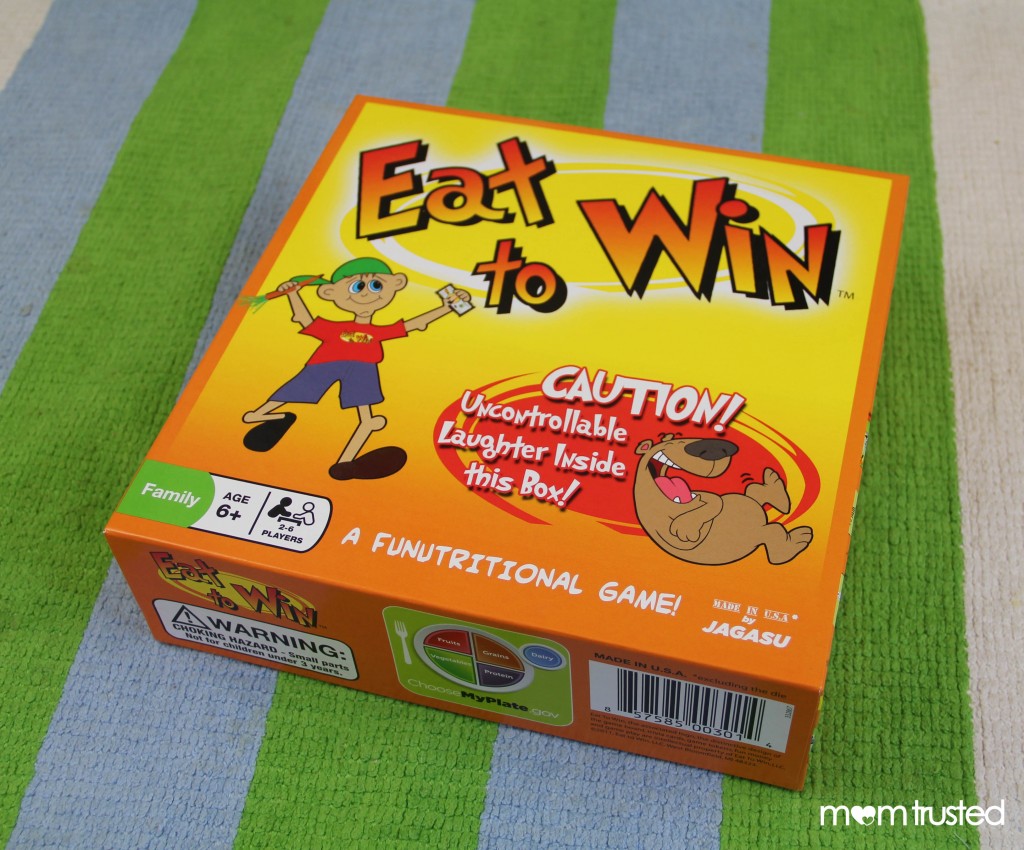
Teaching little ones the importance of eating right and exercising regularly is more important than ever before. Childhood obesity has doubled in the last 30 years, affecting over one third of children in the U.S, according to the Centers for Disease Control and Prevention. But Eat to Win makes teaching these life lessons fun!
Eat to Win was created by a concerned mom whose own child struggled with weight issues. The games were made to encourage nutrition and exercise for kids of all ages.
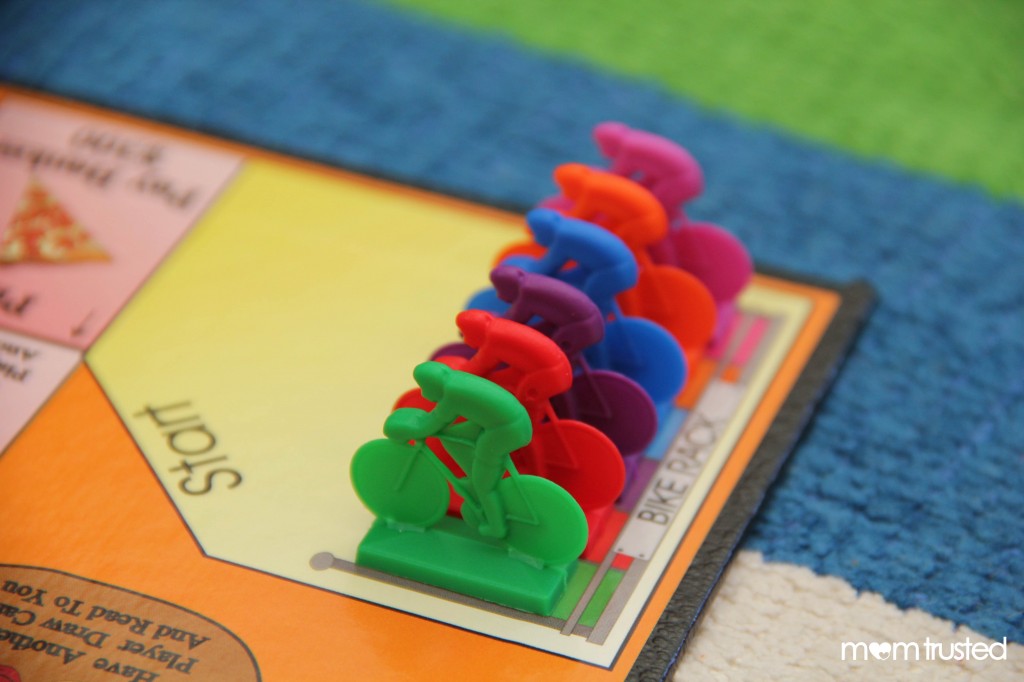
They’re also a ton of fun! Daycare director Chris Bicknell was shocked to find how the games captured her children’s attention. “I was able to keep 18 children all under the age of four’s attention while using the Eat to Win Flashcards,” said Bicknell. “Our center absolutely LOVES these products!”
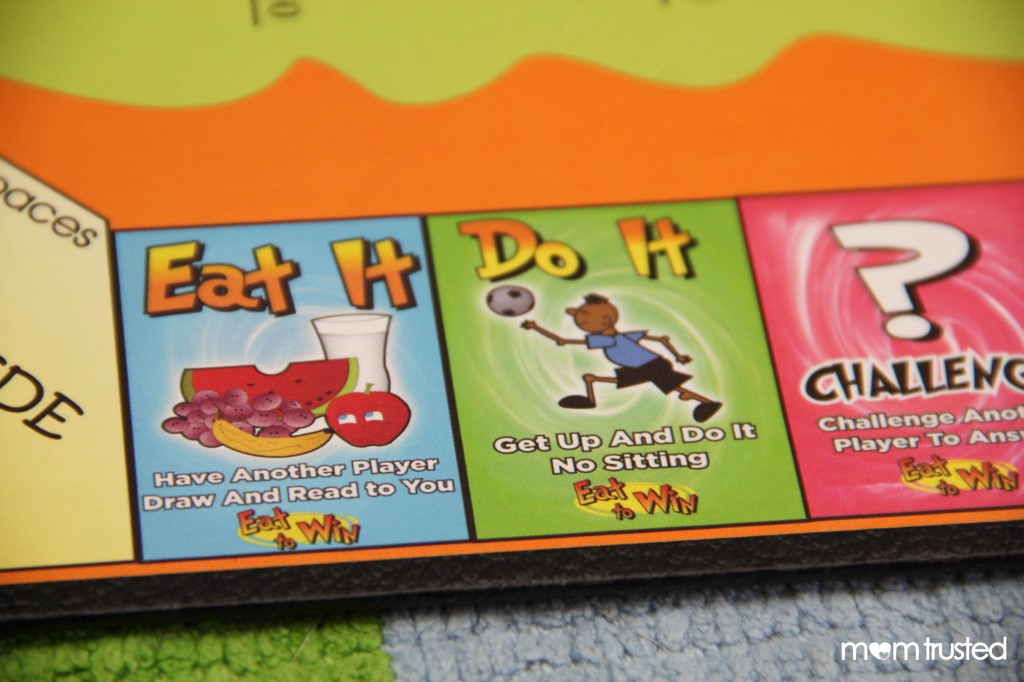
At Mom Trusted, we want to get behind the health train so we’re offering our care and education providers a special deal:
Order now and save 20% on your Eat to Win games!
Just enter the discount code before you checkout.
Code: MomTrusted

